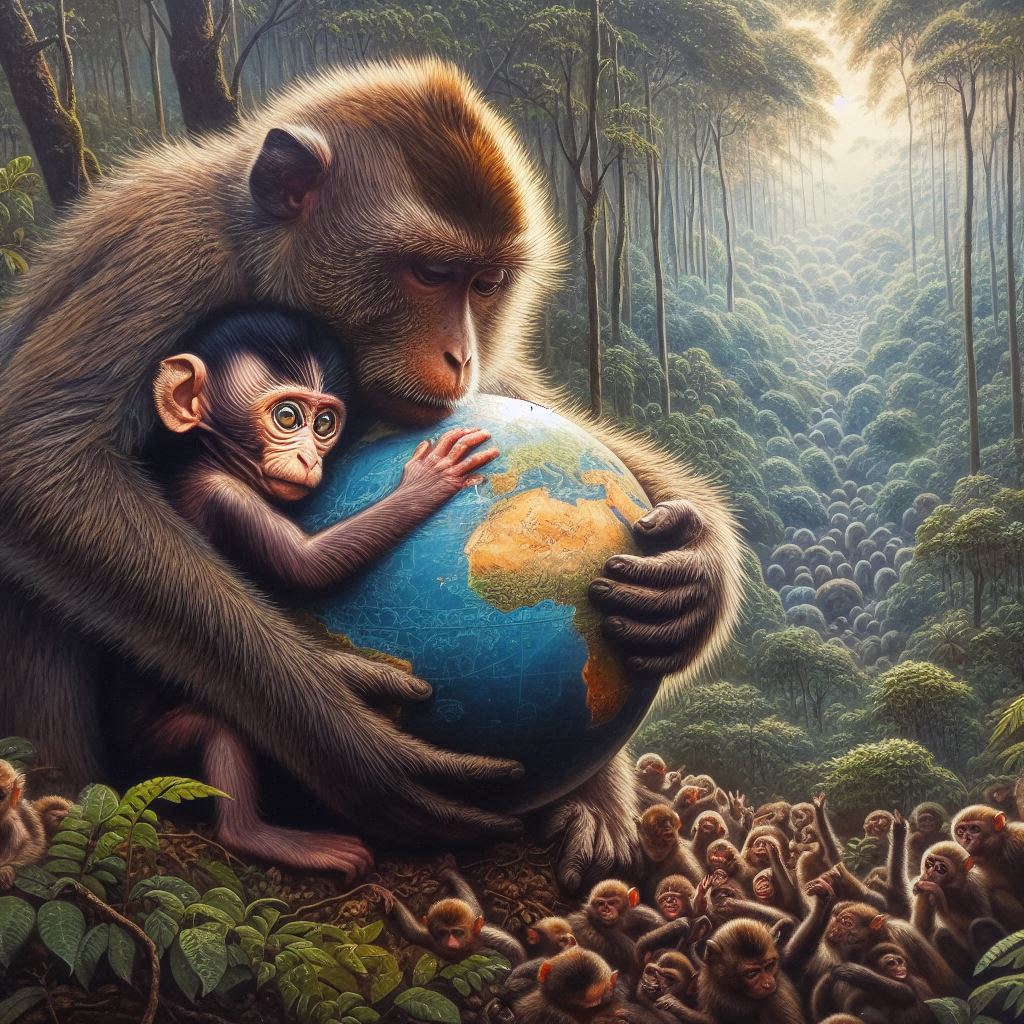
Conservation Efforts: Protecting Endangered Monkey Species
Share
Conservation Efforts: Protecting Endangered Monkey Species
Monkeys, with their intelligence, social structures, and ecological importance, are under increasing threat due to habitat loss, illegal wildlife trade, and climate change. As forests shrink and human activity expands, many monkey species face extinction. Fortunately, global conservation initiatives are stepping in to protect these remarkable primates and the ecosystems they call home.
Why Are Monkey Species Endangered?
Across the globe, numerous monkey species are now listed as endangered or critically endangered. Key threats include:
-
Deforestation for agriculture, logging, and urban development.
-
Poaching and illegal pet trade, which targets baby monkeys and rare species.
-
Climate change, disrupting food supplies and migration patterns.
-
Human encroachment, leading to conflict, disease transmission, and habitat fragmentation.
Species like the Cotton-top Tamarin, Golden Lion Tamarin, and Tonkin Snub-nosed Monkey have seen populations plummet, making urgent action necessary.
Major Conservation Initiatives
A wide range of organizations and governments are working tirelessly to reverse these trends. Here are some notable efforts:
1.
Habitat Preservation and Restoration
Protecting monkey habitats is critical. Projects across Central and South America, Africa, and Asia focus on:
-
Creating protected reserves and national parks.
-
Implementing reforestation programs to rebuild lost canopy.
-
Promoting sustainable agriculture to reduce habitat destruction.
2.
Breeding and Reintroduction Programs
Zoos and wildlife organizations are breeding endangered monkeys in captivity with the goal of reintroducing them into the wild. The Golden Lion Tamarin program in Brazil is a prime success story—its population rebounded from fewer than 200 to over 3,000 in the wild thanks to targeted breeding and habitat restoration.
3.
Community-Based Conservation
Involving local communities has proven essential. Programs now:
-
Provide education on environmental stewardship.
-
Offer economic incentives for locals to protect rather than exploit wildlife.
-
Train indigenous rangers to monitor and protect monkey populations.
4.
Crackdown on Illegal Wildlife Trade
International collaborations—like those under CITES (Convention on International Trade in Endangered Species)—aim to restrict the trafficking of monkey species. Enforcement agencies now use technology like drones and DNA testing to track poachers and smugglers.
5.
Scientific Research and Monitoring
Conservation biologists continue to study monkey behavior, migration, and reproduction in the wild. Real-time monitoring helps identify threats and implement timely interventions.
Monkeys That Need Our Help Most
Some of the most critically endangered monkey species include:
-
Northern Bald Uakari (South America)
-
Red Colobus Monkeys (Africa)
-
Hainan Gibbon (China – fewer than 40 individuals remain)
-
Gee’s Golden Langur (India and Bhutan)
-
Spider Monkeys (Central and South America)
Each of these species represents a fragile piece of our planet’s biodiversity, and losing them would disrupt their entire ecosystems.
How You Can Support Monkey Conservation
You don’t have to be a scientist or ranger to make a difference. Here are ways you can help:
-
Donate to reputable organizations like WWF, Conservation International, or local monkey sanctuaries.
-
Adopt-a-Monkey programs, which support care, feeding, and habitat protection.
-
Raise awareness through social media or community events.
-
Buy eco-friendly products and avoid goods linked to deforestation or habitat destruction.
-
Support responsible tourism that respects wildlife and contributes to local economies.
Conclusion: A Shared Responsibility
Saving endangered monkey species isn’t just about protecting animals—it’s about preserving forests, maintaining biodiversity, and securing the health of our planet. Every tree saved, every baby monkey protected, and every illegal trade stopped is a step toward a more sustainable future. By supporting conservation efforts, we ensure that these intelligent, fascinating primates continue to thrive for generations to come.
Suggested SEO Keywords:
monkey conservation, endangered monkey species, protect primates, habitat loss in monkeys, monkey population decline, primate rescue efforts, save monkeys, conservation programs for monkeys, deforestation and monkeys, endangered primates
